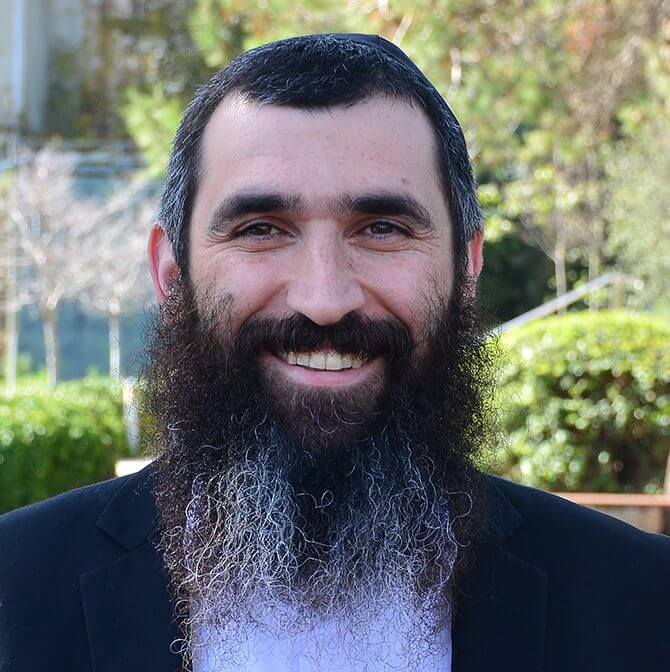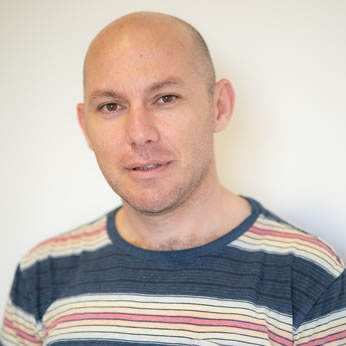הקבוצה של אהרן בלנק מפתחת שיטות חדשניות בתחום הכימיה האנליטית של התקני חצאי מוליך לגילוי נוכחות של אילוחים, זיהומים ופגמים ברגישות וברזולוציה מרחבית גבוהה
קבוצת איזנברג לאלקטרוכימיה ואנרגיה חוקרת תהליכים יסודיים באלקטרוליזה של תאי דלק. אנחנו מתעניינים במיוחד בכימיה של פחמנים גרפיטיים, נקבוביים, ומאולחים בהטרו-אטומים שונים. לאורך אלפי שנים, התועלת האנרגטית היחידה שידענו להפיק מפחמן היתה פשוט לשרוף פחם. אולם בשנים האחרונות הפכו אלקטרודות הפחמן לרכיב קריטי במקורות אנרגיה שונים, כולל תאי דלק, קבלי-על וסוללות. אנו חוקרים שיטות סינתזה נשלטות ומתכווננות ליצירת ארכיטקטורות פחמניות חדישות, ולעיצוב אינטליגנטי של האתרים הפעילים שלהם. התגובות שמעניינות אותנו כוללות את תגובת חיזור החמצן (כרגע, צוואר הבקבוק של רוב טכנולוגיות תאי הדלק) וכן תגובות חמצון של דלקים אלטרנטיביים ייחודיים.
Exciton coupled circular dichroism (ECCD) spectroscopy represents two coupled absorption bands with opposite signs caused by the interaction between two chromophores present in the same backbone. The intensity, position and sign of the bands reflect the environment of each chromophore in the molecule and depend upon the dihedral angel between the planes of the two chromophores. When the two chromophores are metal-binding ligands, the angle between them is correlated to the coordination geometry of the metal complex formed. Thus, the Maayan’
lab exploit ECCD as a unique characterization tool to explore the transfer of chirality from the helical backbone of peptidomimetic oligomers called peptoids to metalic centers incorporated within these backbones and as a sensitive probe for detecting changes in the coordination geometry of chiral metallopeptoids. The metallopeptoids are also characterized by electrochemical techniques such as cyclic voltametry (CV) and DPV. Some of these metallopeptoids, together with some other metal clusters, are tested as electrocatalysts for water oxidation using controlled potential electrolesis (BE),towards the production of molecular hydrogen as an alternative fuel.













